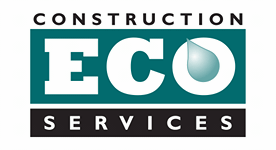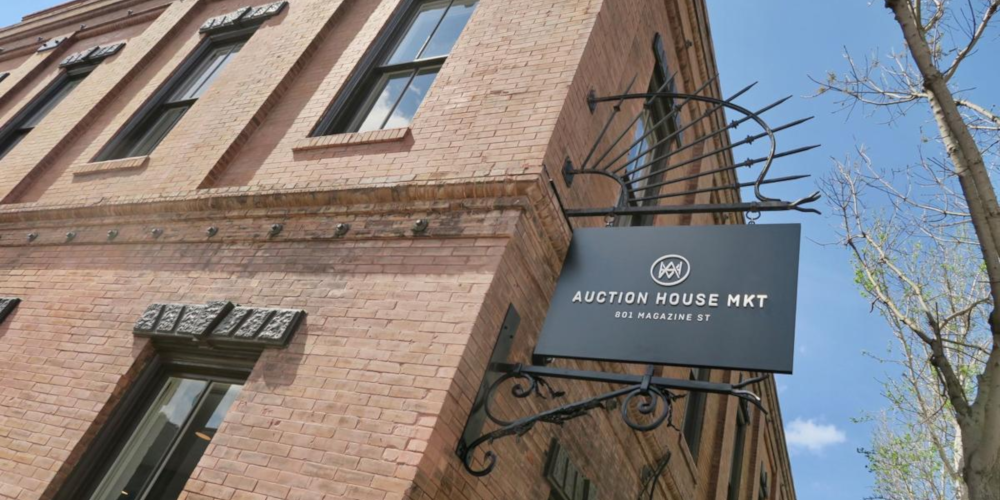CASE STUDY: Auction House Market
Going Where No Detention System Has Gone Before
Ever since New Orleans was founded in 1725, managing stormwater runoff has been a burden and a challenge for the city. The city’s age-old strategy was simple, get the water to the pump system as quick as possible to prevent flooding. However, Hurricane Katrina changed the way the city viewed stormwater, rather than treat it like a waste product, they began to see it as a resource. Fast forward to 2015, New Orleans implements a new stormwater ordinance requiring stormwater runoff to be detained and filtered. This created new challenges for the city to solve.
SITUATION
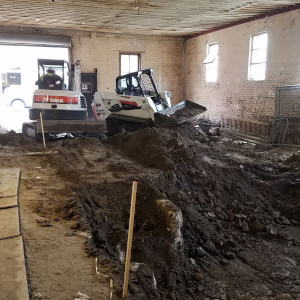
The new Auction House Market in the Central Business District faced a tough obstacle, how do you manage runoff with a zero lot line and no landscape? After the civil engineer considered construction costs, installation processes and long-term maintenance, a modular subsurface detention system seemed to be the best option. However, the building was over 150 years old and was limited on space, so how could heavy excavation equipment be used? In addition, few contractors are familiar with installing modern underground detention systems.
- Zero lot line
- Tank located beneath old building
- Contractor’s 1st installation
- Limited footprint
How could Construction EcoServices help solve these challenges?
SOLUTION
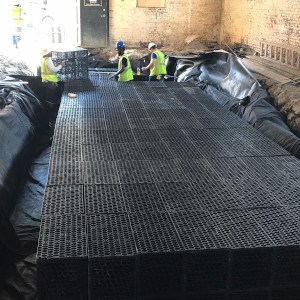 The engineer needed a highly efficient, underground detention system. After the engineer and contractor consulted with Construction EcoServices, R-Tank was the clear solution. R-Tank’s 95% storage volume maximizes storage volume in a limited footprint, while keeping a safe distance away from the building foundation. Given R-Tank is a lightweight system, small equipment and hand tools could be used to install. In addition, because of it’s flexible, modular design, it would reduce excavation and volume of backfill needed.
The engineer needed a highly efficient, underground detention system. After the engineer and contractor consulted with Construction EcoServices, R-Tank was the clear solution. R-Tank’s 95% storage volume maximizes storage volume in a limited footprint, while keeping a safe distance away from the building foundation. Given R-Tank is a lightweight system, small equipment and hand tools could be used to install. In addition, because of it’s flexible, modular design, it would reduce excavation and volume of backfill needed.
- R-Tank: lightweight, flexible, modular detention system
- Construction EcoServices provided oversight for installer
- Small equipment and hand tools
RESULTS
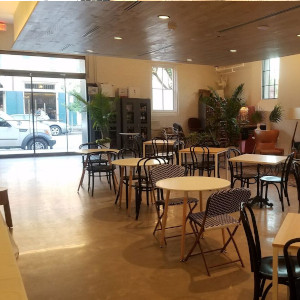 The entrance to the building was large enough to fit a mini-excavator and a small skid steer for excavation, but once the system was installed into the prepared excavation, it left no room to use the equipment to backfill the perimeter. Since the tank provided most of the storage volume and there was a limited amount of backfill, the contractor used hand tools and wheel barrows to easily backfill the perimeter of the tank. Once the perimeter backfill was compacted, the skid steer was used to cover the top of the system. R-Tank’s modular flexibility allowed the contractor to streamline the installation, but more importantly, save time and money.
The entrance to the building was large enough to fit a mini-excavator and a small skid steer for excavation, but once the system was installed into the prepared excavation, it left no room to use the equipment to backfill the perimeter. Since the tank provided most of the storage volume and there was a limited amount of backfill, the contractor used hand tools and wheel barrows to easily backfill the perimeter of the tank. Once the perimeter backfill was compacted, the skid steer was used to cover the top of the system. R-Tank’s modular flexibility allowed the contractor to streamline the installation, but more importantly, save time and money.
